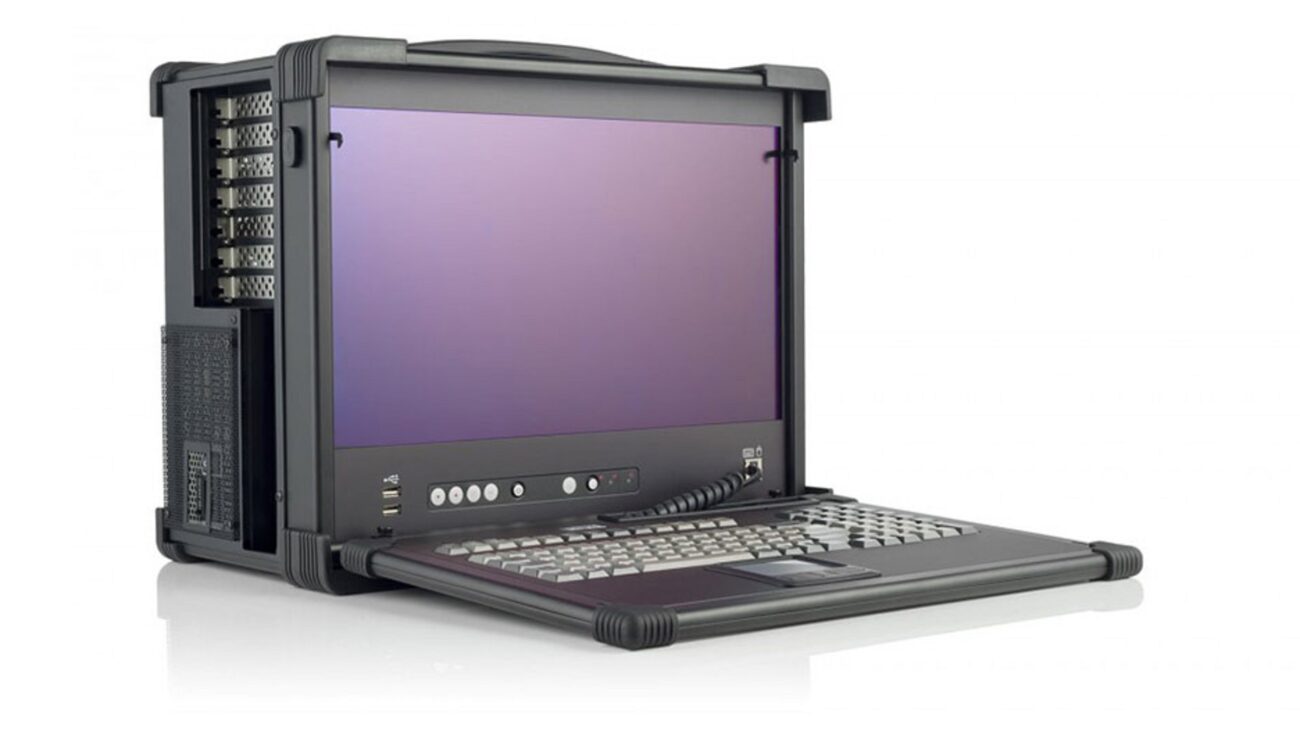
- #AVID MEDIA COMPOSER 8 AMD THREADRIPPER PDF#
- #AVID MEDIA COMPOSER 8 AMD THREADRIPPER FULL#
- #AVID MEDIA COMPOSER 8 AMD THREADRIPPER PRO#
RAM is not very expensive so this is not a place to cut costs. And don’t forget, you’ll need a gigabyte or two of RAM just for your operating system.
#AVID MEDIA COMPOSER 8 AMD THREADRIPPER PDF#
While you're doing this, you may also have a Word document or a PDF or a screenplay open, all of which will need more RAM.
#AVID MEDIA COMPOSER 8 AMD THREADRIPPER PRO#
For example, if you're running your editing software and want to open Pro Tools or After Effects to alter a clip at the same time, you’ll need more RAM. You may never use much more than 12 or 14GB of RAM with your editing software, but you'll need RAM for everything else your system is simultaneously running. It isn’t overclocked (made to run faster than its recommended speed) so you don’t have to worry about it burning up on long renders. I went with DDR4 2666 because the RAM runs at its native speed. I chose Corsair because they make some of the most dependable, affordable RAM on the market. Gigabyte GeForce GTX 1080 (GV-N1080TTOC-8GD) and AMD RYZEN Threadripper 1900X, 8 cores, 3.8 GHz From a reliability standpoint, the faster processors from Intel and AMD are on equal ground. It’s also much cheaper than a comparable Intel CPU, which alone makes it worth it.
#AVID MEDIA COMPOSER 8 AMD THREADRIPPER FULL#
While this CPU lacks a small bit in speed, it more than makes up for it by supporting more PCIe cards connected to your motherboard at full speed, which can be a huge benefit down the road if you want to add additional video cards, RAID controllers or cards for video capture or streaming. While the 1900X processor may bench test a bit slower than the comparable 8 core, 3.8 GHz model from Intel, the performance difference in a typical editing environment would not be very significant. Most workstations are built for video use Intel processors, but here I’m selecting an AMD RYZEN for several reasons. There are still functions in normal video workflow that can rely heavily on your CPU, such as taking 4K source footage and scaling it down to SD for a DVD or a small video file for a website or mobile app. While the GPU may do most of your rendering, the CPU and system RAM will run your software interface and operating system. The GTX 1080 can support a single 8K monitor or up to four 4K monitors.ĬPU: AMD RYZEN Threadripper 1900X, 8 cores, 3.8 GHz $549.99 Gigabyte produces some of the most dependable and affordable graphics cards around, making their GTX 1080 card a great option. It’s paired with 8GB of VRAM to get you through your renders quickly. At the heart of this card is the Nvidia GTX 1080 GPU which is one of the fastest in the world right now and also one of the best values. With nearly all post production software now supporting GPU rendering (Cuda on Nvidia and OpenCL on AMD based cards) and that rendering being much faster than traditional CPU/RAM based rendering, it’s your video card that will do most of the heavy lifting.

We’ll look at the individual components ranked in order of importance to the editing process.


 0 kommentar(er)
0 kommentar(er)
